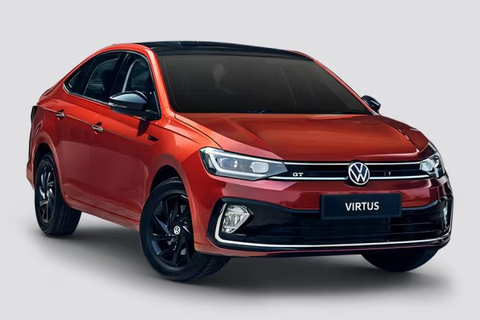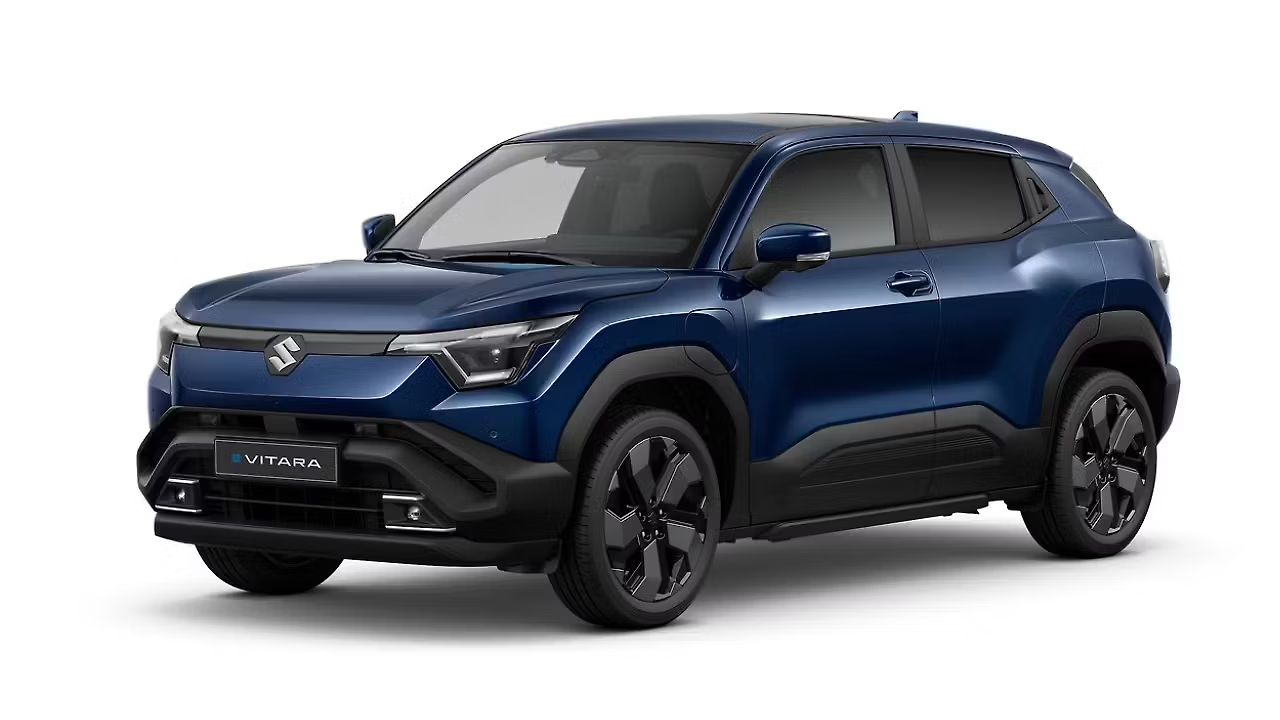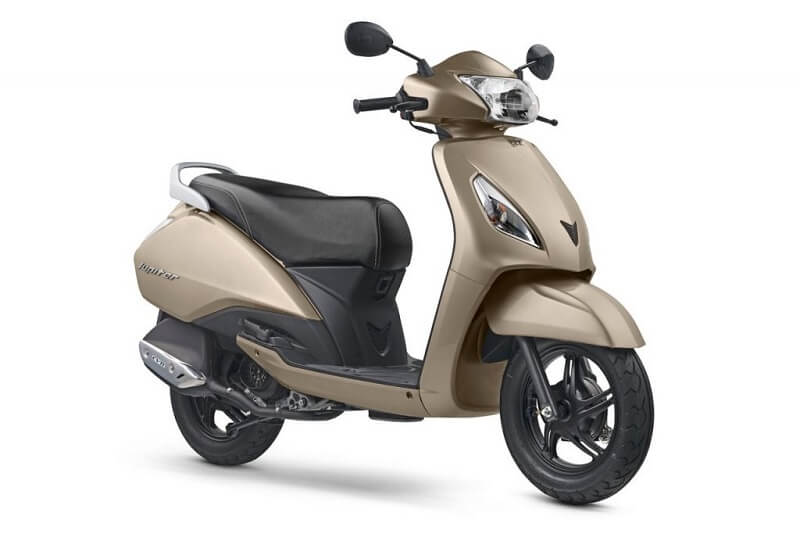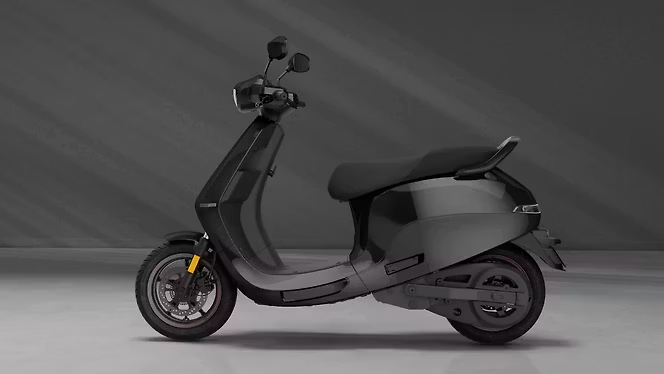Introduction
India’s electric two-wheeler revolution is going up a gear. What was once a price-conscious market ruled by low-speed e-scooters has now turned into a performance-driven, tech-friendly segment. In 2025, the limelight is squarely on premium electric scooters that provide not only range but power, features, and out-of-the-box design. At the forefront of this new-gen fight are two serious players: Simple One from Bengaluru startup Simple Energy and Vida V1 Pro, the premium electric scooter from Hero MotoCorp’s EV division.
Both scooters target city commuters who desire sustainability without sacrificing speed, comfort, and intelligence. Both have lofty range estimates, strong motors, and top-of-the-line tech, so the Simple One and Vida V1 Pro aren’t just eco-friendly—they’re quick, fashionable, and internet-enabled. But which one delivers on its promise in 2025’s crowded EV market?
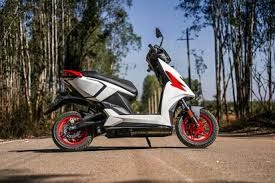
Design and Build Quality
The Simple One has a sleek, aerodynamic profile with angular body lines and a futuristic, sporty feel. Its minimalist LED headlamp configuration, chiseled side panels, and menacing stance make it resemble a performance vehicle more than the usual commuter scooter. It has a robust steel tubular chassis and is available in vibrant hues such as Brazen Black, Namma Red, Azure Blue, and Grace White.
The Vida V1 Pro goes the more urban-premium way. It has a smoother, more rounded body profile with dual-tone colors and a floating panel design that enhances its visual appeal. The build is sturdy with good plastics and a well-placed fit-finish quality that speaks of Hero’s manufacturing maturity. It is available in mature-looking shades of Orange, Red, White, and Cyan for younger, city-first users.
Both scooters are almost identical in length and height, but the Simple One feels longer and slightly stretched out, which is ideal for riders who want a sportier riding position. The Vida V1 Pro provides a more upright, comfortable seating position, perfect for congested city traffic and long daily commutes.
In terms of ergonomics, the Simple One is aimed at energetic rides with a stiff seat and higher handlebars, while the Vida V1 Pro is more focused on comfort with its wider under-seat base and improved cushioning. Both have reasonable under-seat storage, but the Simple One has a slight edge with its neater integration and closer panel fits.
Performance and Powertrain
The Simple One packs a punch with an 8.5 kW peak-rated motor and 4.5 kW continuous output, making it one of the best performance-oriented scooters in the category. It accelerates from 0 to 40 km/h in a mere 2.77 seconds, boasting the fastest acceleration in its category. With a 105 km/h top speed, it’s not only fast for an EV—it’s exhilarating for both city and highway cruising.
Comparatively, the Vida V1 Pro has a 6 kW peak power motor and a 3.9 kW continuous output. It goes from 0 to 40 km/h in 3.2 seconds, which is impressive nevertheless and quite enough for regular urban commuting. It has a top speed of 80 km/h, making it slightly less aggressive than the Simple One but still well beyond average for city use.
Both scooters have several riding modes—commonly Eco, Ride, Sport, and occasionally a custom mode. The Simple One Ride modes are more aggressively set, distinctly changing torque delivery for a more performance-oriented experience. The Vida V1 Pro has a smoother mode transition, focusing more on balanced performance and efficiency.
The Simple One is designed for riding enthusiasts who desire instant torque and end-of-straight performance. In contrast, the Vida V1 Pro aims for riders seeking regulated, solid, and sophisticated performance with an adequate shove for everyday requirements.
Range and Battery
The Simple One has a stated range of up to 212 km in optimum test conditions due to its dual battery setup: a fixed 3.3 kWh battery and a removable 1.5 kWh battery, which collectively make up a huge 4.8 kWh total capacity. On urban usage conditions, real-world users can anticipate about 160–180 km per charge, depending on mode and riding style.
The Vida V1 Pro has a marginally smaller 3.94 kWh removable battery, divided into two separate battery packs, both of which are removable and can be charged independently. Its stated IDC range is 110 km, but the actual real-world range is between 90–100 km on mixed usage—good enough for most city trips but significantly less than the Simple One.
As for the battery type, both employ Lithium-ion packs, but the Simple One has fixed and removable batteries combined, offering users convenience without compromising the structure of the scooter as a rigid and balanced framework. The Vida V1 Pro has fully removable batteries, which is more convenient for apartment residents or those with limited charging access in their homes.
While Simple One emphasizes battery capacity and extended range, Vida Pro emphasizes quality and modularity. Both provide portable home chargers, but Vida also has battery-swapping capability at Hero’s growing Vida network of charging stations, a big bonus for rapid turnarounds. Simple Energy, in developing fast chargers, is currently more based on home solutions.
Charging Time and Infrastructure
The Simple One, with its 4.8 kWh battery pack, charges to a full battery in around 6.5 hours using the standard domestic charger. Simple Energy is, however, building out its Simple Loop fast-charging network, which will deliver up to 2.5 km of range per minute, though currently, it is limited to a few cities and remains in the rollout process.
Conversely, the Vida V1 Pro features a far more urban-accessible design. With its removable dual battery system, riders can recharge each of the batteries indoors with a portable charger. Full charging requires about 5.5 to 6 hours, but if you get access to a Vida fast charger, the scooter takes less than 65 minutes to charge from 0% to 80%. That’s a huge plus for users with busy timetables.
Vida distinctly gains the infrastructure lead. Underpinned by Hero MotoCorp’s volume, the Vida fast-charging network already exists in some key cities, with additional rollout planned until 2025. The brand’s digital platform also assists users in finding local stations through the app, providing a degree of ecosystem integration. Simple Energy is still in the process of developing.
Features and Tech
In the high-end EV scooter market, technology is not an added value—it’s an integral aspect of the attraction. Both the Simple One and Vida V1 Pro succeed here, but to varying degrees of complexity and effectiveness.
The Simple One boasts a 7-inch touchscreen TFT display, providing stunning images and an intuitive user interface. It has Bluetooth connectivity, turn-by-turn navigation, and music control, which are available through the Simple Energy mobile app. The rider can also view ride data, range information, and battery conditions in real-time.
The Vida V1 Pro, on the other hand, shares the same 7-inch color TFT display but with a nicer, Android-based interface. It provides 4G Wi-Fi connectivity and Bluetooth pairing, which makes it behave more like a smartphone on wheels. The interface is responsive, has keyless entry support, and provides customizable riding modes from the screen itself.
As far as the smart feature is concerned, both scooters are equipped well. You have geo-fencing, anti-theft alerts, ride history, remote tracking, and OTA (over-the-air) updates in both scooters. But Vida’s app ecosystem is more polished and regularly updated with Hero’s set R&D and backend assistance.
In terms of distinctive riding aspects, the Vida V1 Pro features reverse assist, cruise control, and hill-hold assist, so low-speed turns and stop-and-go traffic can be handled more easily. As of the latest model year, the Simple One features reverse mode and cruise control but no hill-hold.
Overall, the two scooters provide top-shelf tech, but the Vida V1 Pro takes the lead in user interface finesse, networked features, and ride-assist capabilities. The Simple One stands out with a snappy, responsive screen and all the basic smart features for the daily EV commuter.
Ride Quality and Suspension
The Simple One features a telescopic front fork and mono-shock rear suspension configuration, calibrated for sporty handling. The suspension is stiff by nature, which means high-speed stability and handling are exemplary, but it can become a tad stiff over potholes or rough city roads. It’s perfect for riders who like to have their bikes turn sharply in response to inputs rather than ride plushly.
The other way around, the Vida V1 Pro is comfort-focused. It has a telescopic front suspension and dual rear shocks, providing a softer, more cushioned ride. The arrangement soaks up bumps and speed breakers easily, making it better for daily city commutes and pillion riding. Whether in crawl traffic or hoppy flyovers, the V1 Pro remains calm and laid-back.
When it comes to tires and brakes, both scooters benefit from 12-inch alloy wheels for better road grip. The Simple One has disc brakes on both wheels with the added feature of a Combined Braking System (CBS) for quick braking response and equitable stops even at higher speeds. The Vida V1 Pro also receives dual disc brakes with CBS, but with a slightly progressive feeling to the brakes, tuned for smoother braking instead of aggressive braking.
Safety and Reliability
The Simple One and Vida V1 Pro both have vital safety features, but their strategies and histories vary. Both scooters feature a side-stand cut-off, so the scooter won’t start when the stand is down—a simple but important feature. Regenerative braking is also fitted to both, assisting with longer range and more efficient braking by taking kinetic energy and turning it back into charge. The Simple One has higher regen levels, though, which are controllable through riding modes, providing greater control of energy regain. The regen on the Vida V1 Pro is softer and more ideal for a natural sense of braking.
The Simple One, though promising on paper, has been delayed and had initial deliveries restricted. Although the company has struggled to smooth out initial bugs, its after-sales network is still growing, and early adopters have experienced some teething troubles with software and services response. That being said, customer support has been getting better as more cities go live.
Both brands have competitive warranty coverage in this regard. The Vida V1 Pro has a 3-year/30,000 km battery warranty and an equivalent for the motor. The Simple One has a 3-year standard warranty for the battery and motor, with extendable options, though specific details may differ based on city and dealership.
Pricing and Value for Money
As of 2025, the Simple One costs about Rs. 1.45 lakh (ex-showroom), varying with city and variant. The Vida V1 Pro is pricier at about Rs. 1.46 lakh (ex-showroom). But prices differ considerably with state-level EV subsidies, particularly in Delhi, Maharashtra, Gujarat, and Karnataka, where the on-road price comes down to Rs. 15,000–Rs. 25,000 or more under the FAME-II scheme and local subsidy.
As far as EMI options are concerned, both companies provide easy financing in the form of tie-ups with banks and NBFCs. The Vida V1 Pro, benefiting from Hero’s huge network of dealers, tends to receive comparatively better loan proposals with interest rates starting at 6.99% and EMIs starting at Rs. 3,000/month. The Simple One also provides EMI schemes, but these might be restricted to a limited number of cities for the time being.
As far as running cost goes, both scooters are extremely fuel-efficient. Both take a full charge cost of Rs. 10–Rs. 20 based on electricity prices, and the average running cost per km is less than Rs. 0.25 for both. That said, Simple One, with its bigger battery and bigger range, provides more miles per charge, making it a bit more efficient for long-distance riders.
Both models are well worth the price, but the Simple One provides better range-per-rupee, and the Vida V1 Pro is worth the money with better tech, service reach, and dependability. Your decision boils down to whether you want the performance and range (Simple One) or an elegant, hassle-free ownership experience (Vida V1 Pro).
Final Verdict
The Simple One and Vida V1 Pro both embody the excellence that India’s premium EV scooter space has to offer in 2025, but they appeal to rather different riders. The Vida V1 Pro, however, can provide a little lower range and maximum speed, but it scores big on comfort, tech sophistication, and reliability. With Hero’s widespread service network, exchangeable batteries, reverse and hill-hold support, and a more refined interface, it’s the pick for daily city rides, tech-savvy riders, and those seeking zero-hassle ownership.
If you’re a performance enthusiast with longer travel needs and don’t mind being an early adopter, the Simple One is a powerful and future-forward choice. But if you’re looking for a smart, connected, and stress-free ride with excellent brand backing, the Vida V1 Pro is the safer, smarter pick in 2025.
FAQs
Q1. Is Simple One more range-oriented than Vida V1 Pro?
Yes, the Simple One is way ahead in terms of range. It has a reported range of up to 212 km with real-world performance at around 160–180 km, while the Vida V1 Pro provides approximately 90–100 km under real-world conditions. If range is your concern, Simple One is the winner.
Q2. Which scooter provides superior fast-charging options?
The Vida V1 Pro currently has a superior fast-charging infrastructure and Hero’s already established Vida Charging Network. It charges 0–80% within less than 65 minutes. Simple Energy is working on its Simple Loop network, but availability is limited yet.
Q3. Which is more value for money in 2025?
It depends on your use case.
- For range and performance per rupee, the Simple One provides better value.
- For tech, comfort, after-sales support, and brand reliability, the Vida V1 Pro offers better long-term value.
Make your choice based on whether you value range and power or refinement and convenience.

